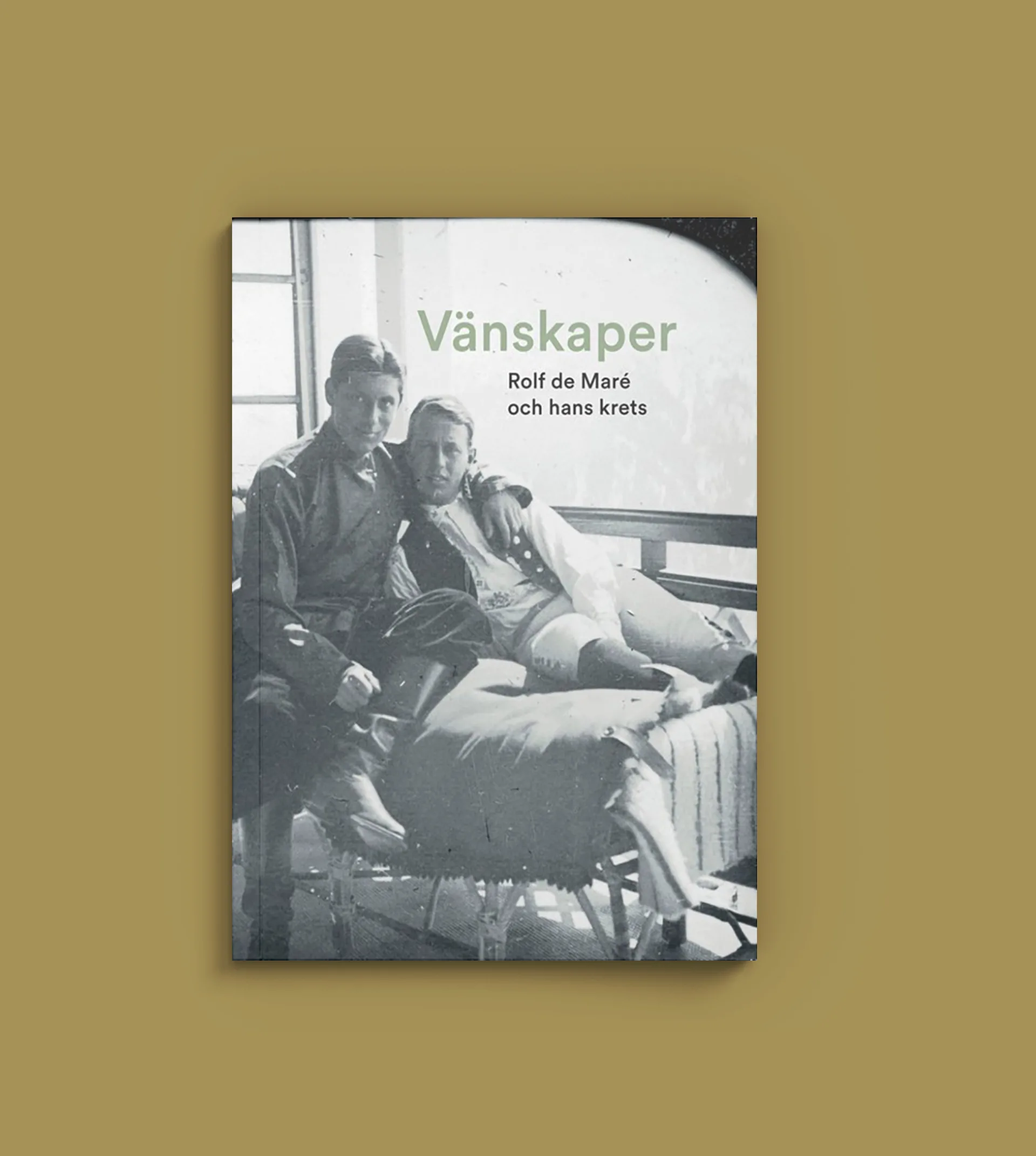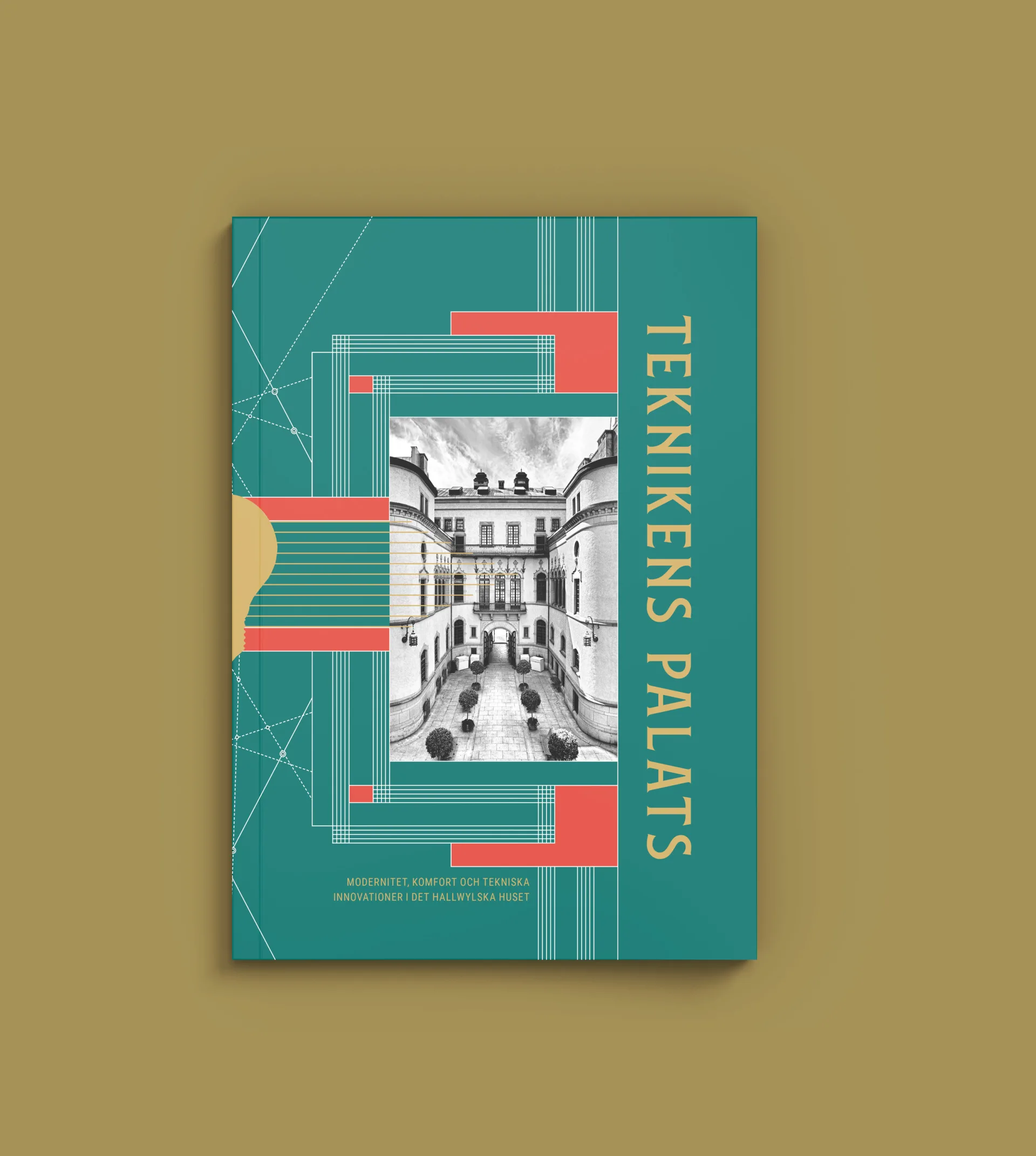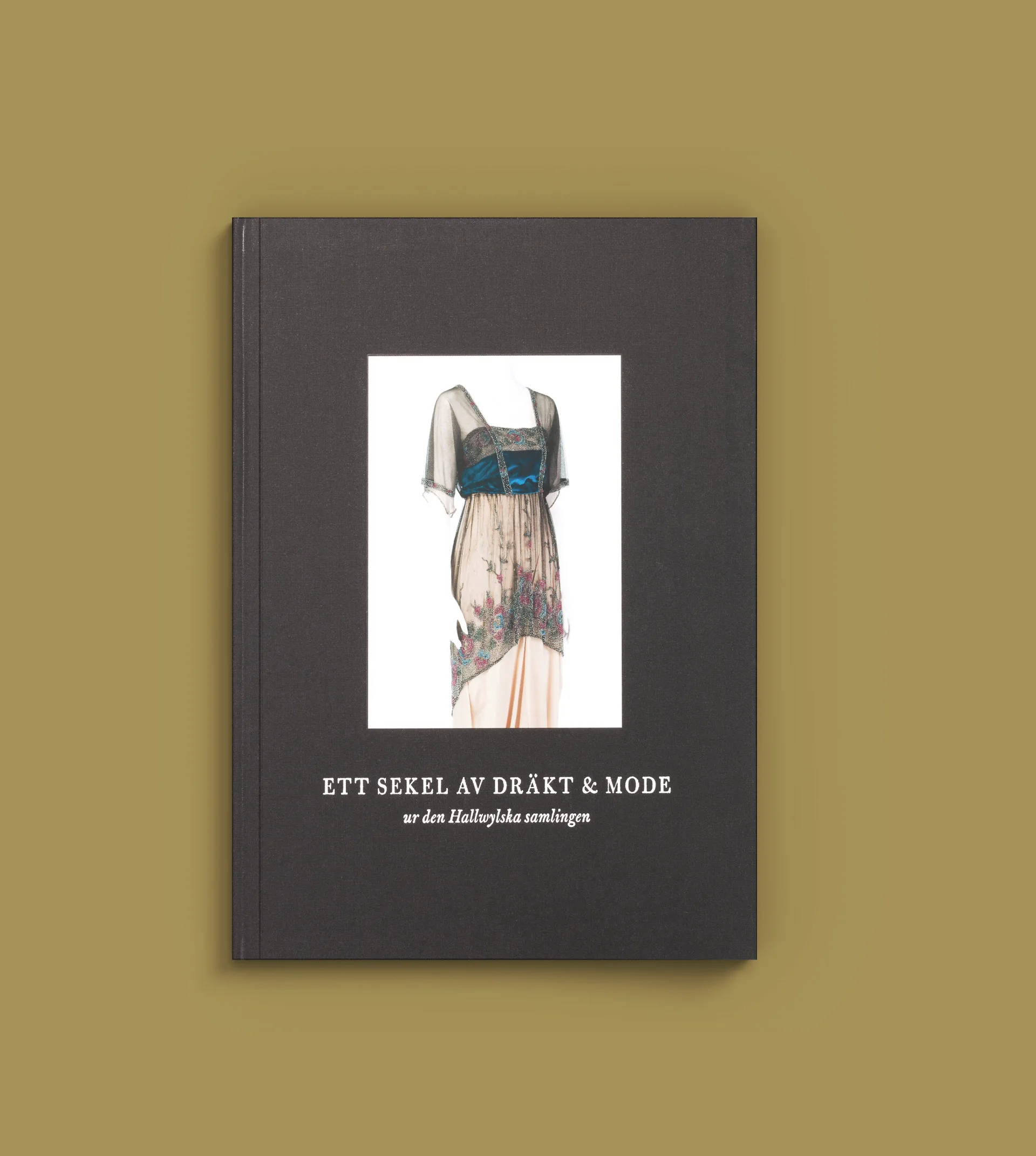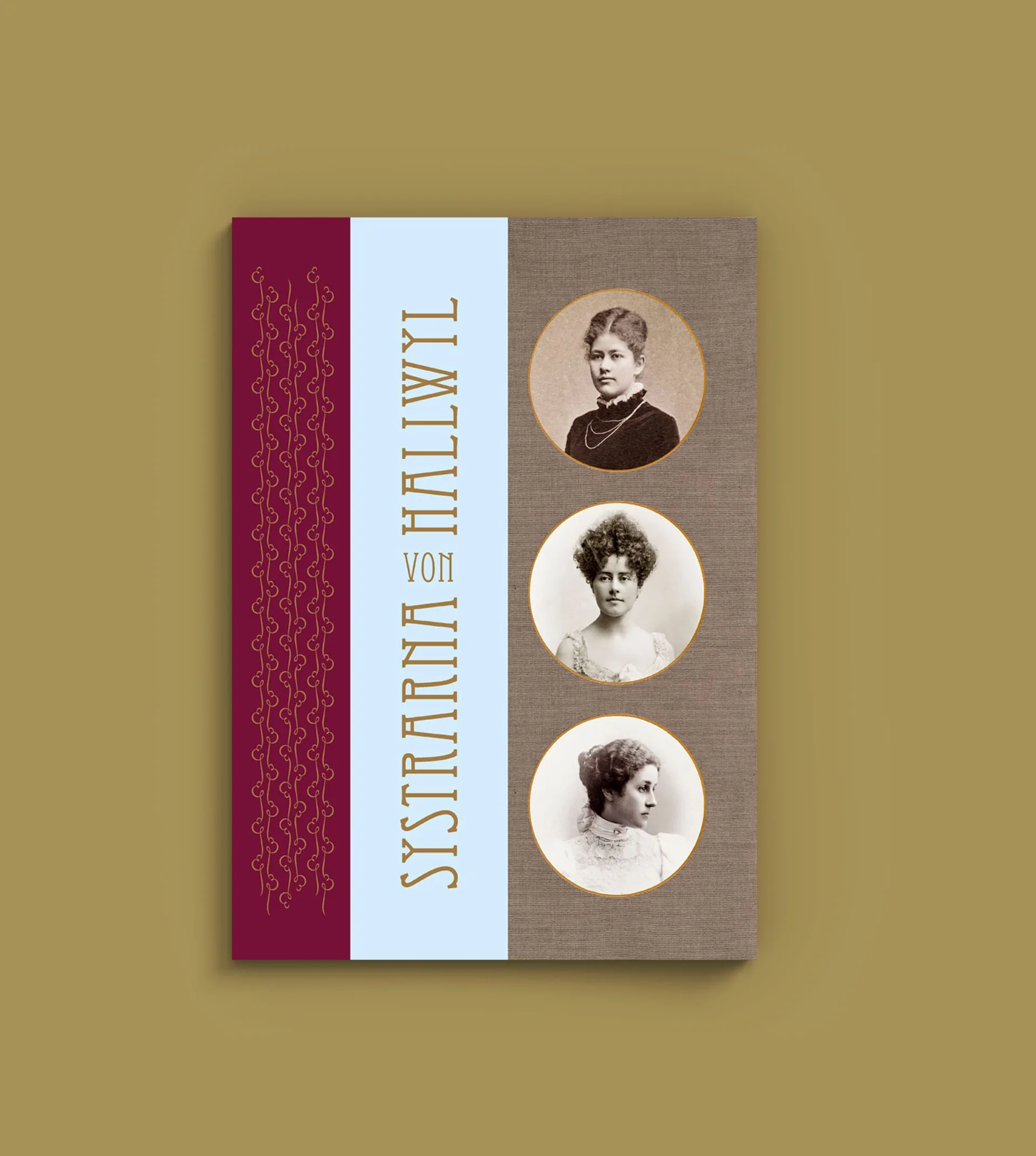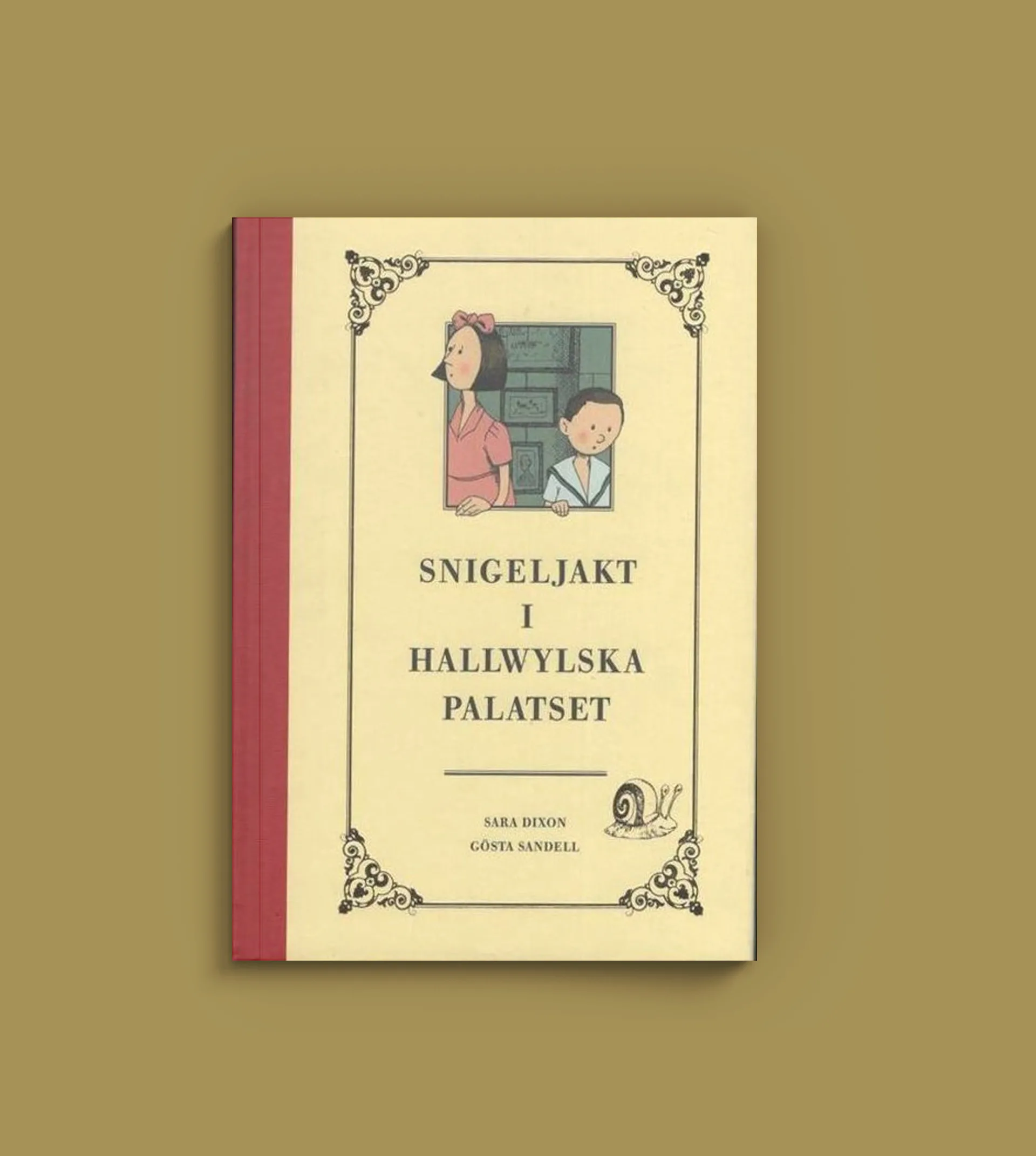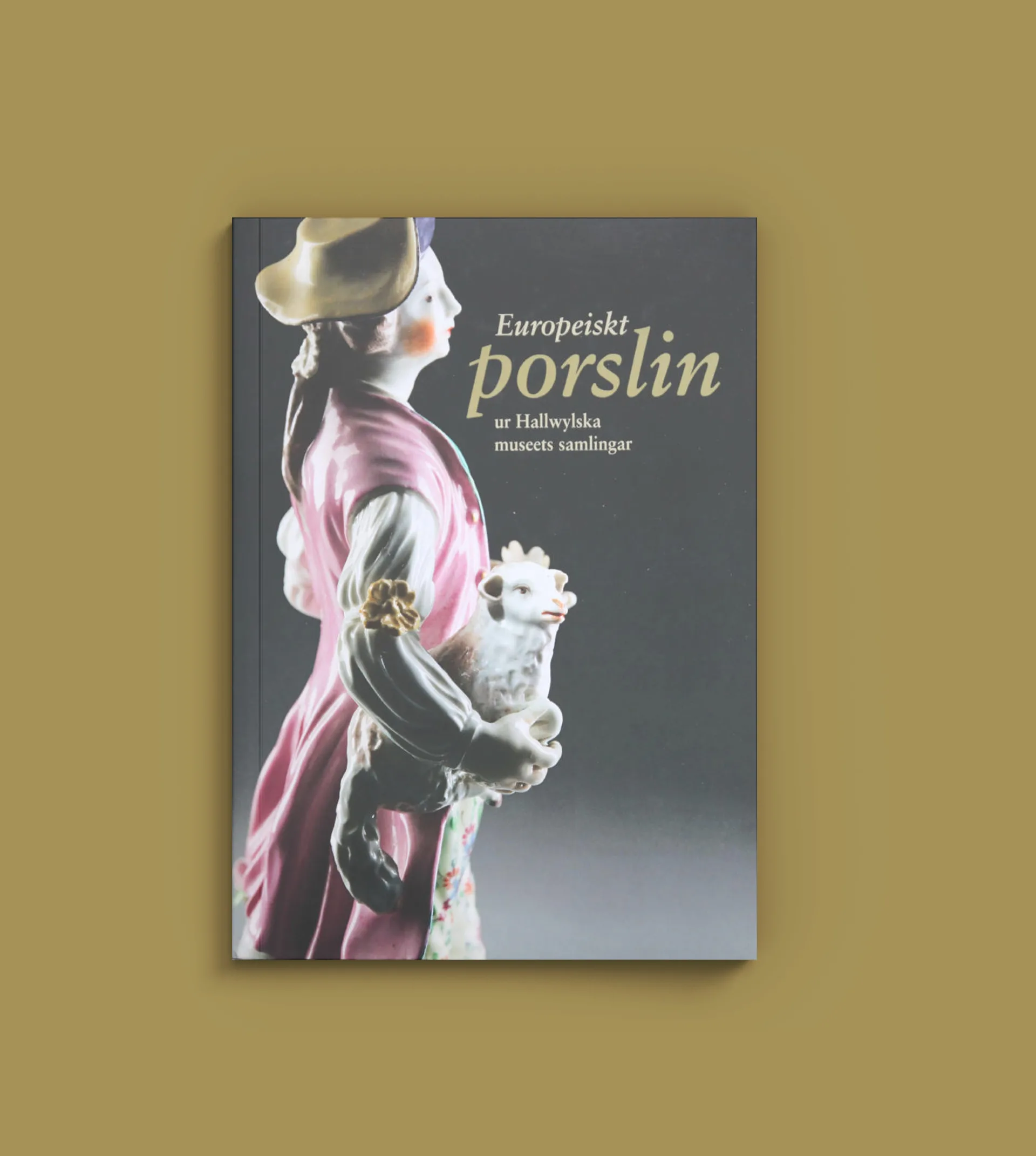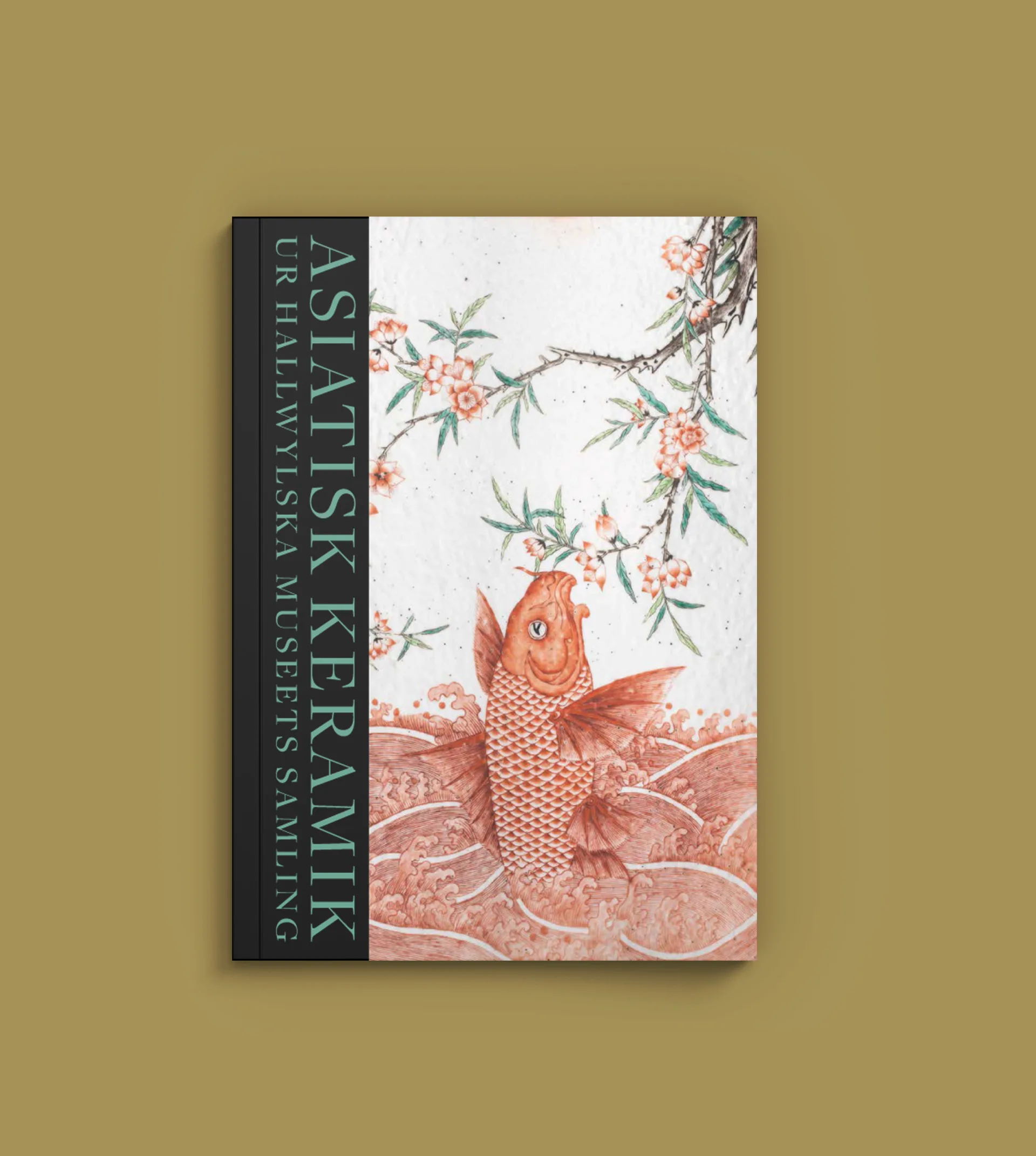The museum’s books
Hallwyl Museum have published several books, about everything from the house’s food management and costume collection to the creation of the fortune that once made the museum possible.
We sell books on-site at the museum
Unfortunately, we do not sell books online, but you can buy our books on-site at the museum shop.
